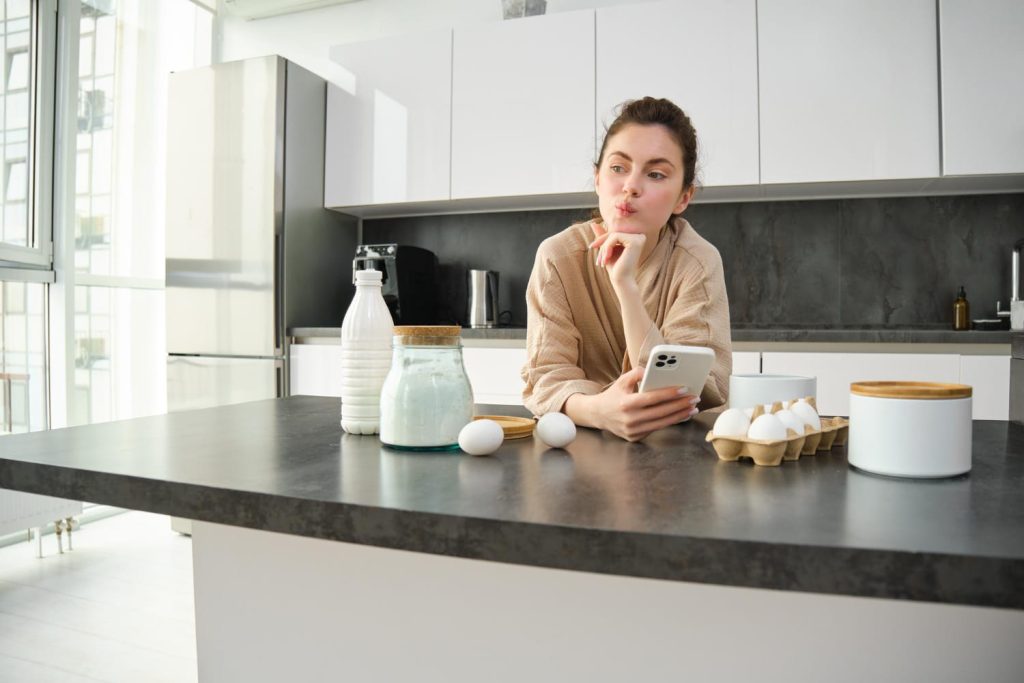You know that feeling when your kitchen looks… tired? Like, no matter how much you clean, it still gives “early 2000s rental” vibes? Yeah. That’s where benchtop resurfacing comes in — the ultimate shortcut to a kitchen transformation without smashing open walls or draining your bank account.
It’s kind of wild how a single surface can change the whole mood of a room. You fix the benchtop, and suddenly the lighting feels better, the cabinets look newer, and you’re low-key proud to make coffee in there again.
What Actually Is Benchtop Resurfacing?
Let’s keep it simple — benchtop resurfacing means reviving the old surface instead of replacing it. You’re essentially layering on a new finish (stone-look coatings, epoxy, laminate, etc.) that makes it look brand new. Think of it as skincare for your kitchen: exfoliate, treat, glow.
It’s ideal if your benchtop’s structurally fine but just… ugly. Maybe the color’s dated, the surface is scratched, or the laminate’s faded. Instead of spending thousands on a new slab, you resurface — and honestly, the results can be jaw-dropping if done right.
Why Calling in Resurfacing Experts Is a Smart Move
Now, sure, DIY TikToks make it look easy — a few rollers, some epoxy, boom, instant marble look. But the reality? It’s a skill. A tiny bubble or uneven layer can ruin the finish. That’s where resurfacing experts earn their keep.
These folks know the materials — how they cure, how they react to heat and humidity, what prep steps you can’t skip. They’ve got the right gear for sanding, sealing, and ventilation (which, trust me, matters when your whole kitchen smells like industrial chemicals).
Hiring professionals also means the finish lasts. A quick DIY job might peel or chip in a year, while expert resurfacing can go strong for five, ten, sometimes more. It’s one of those cases where “do it once, do it right” really applies.
Lessons Learned from the Kitchen Trenches
A few truths from homeowners who’ve been there:
- Prep is everything. A poorly cleaned surface will wreck your finish faster than you think.
- Pick your color in natural light. Artificial lighting lies — you don’t want to end up with greenish “white.”
- Avoid shortcuts. That second coat might feel like overkill, but it’s what gives the surface its durability.
- Ask your resurfacing experts about warranty and heat resistance — because hot pans happen.
And yes, you’ll still need to baby the new surface a little. No chopping directly on it, no dragging cast iron across it. Treat it like new, and it’ll stay looking new.
When It’s All Said and Done
Here’s the best part: once your kitchen benchtop resurfacing is finished and sealed, it completely changes how you feel about your kitchen. It’s like someone turned up the brightness filter in real life. You’ll find yourself wiping it down with pride instead of annoyance.
And the cost? Usually a fraction of what you’d spend on replacement — especially when done by true resurfacing experts.
Sometimes, renovation isn’t about starting over. It’s about giving what you’ve already got a second chance to shine — and that’s exactly what resurfacing does.

